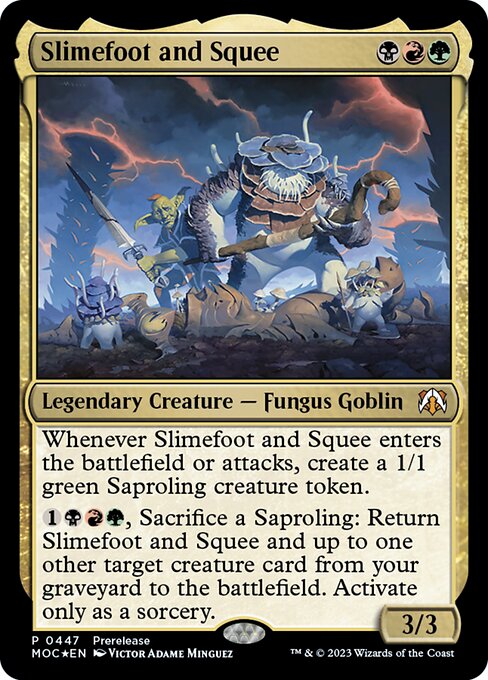Deck & Commander Strategies
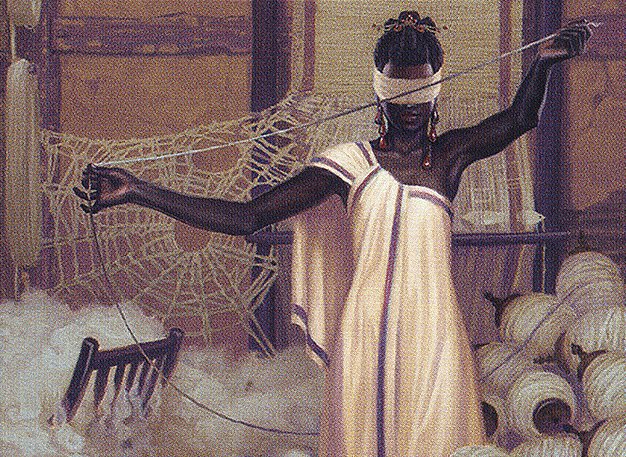
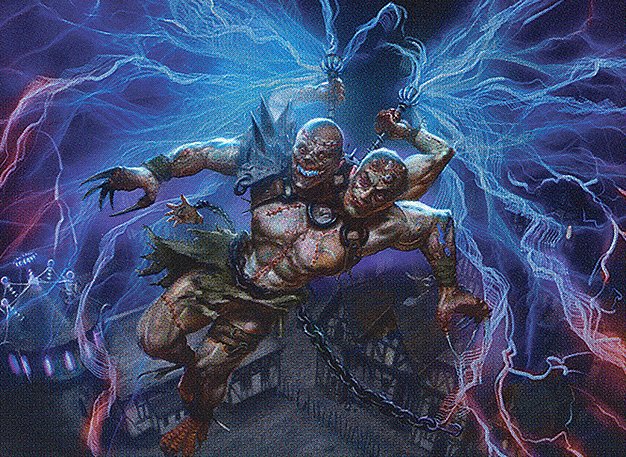
Tymna the Weaver & Kraum, Ludevic's Opus
This deck focuses on drawing cards through combat damage and spellcasting, generating incremental advantage. It employs a tempo-oriented approach with efficient creatures and disruption to outvalue opponents.

Breya, Etherium Shaper
Breya's deck leverages artifact synergies, producing tokens and utilizing sacrifice outlets to control the board and assemble combos. It often uses artifact mana and recursive engines to generate infinite combos or overwhelming board presence.

Slimefoot and Squee
This deck revolves around generating saproling tokens and sacrificing them for value, dealing incremental damage and gaining life. It aims to create a resilient board state that chips away at opponents while building towards a combo finish.
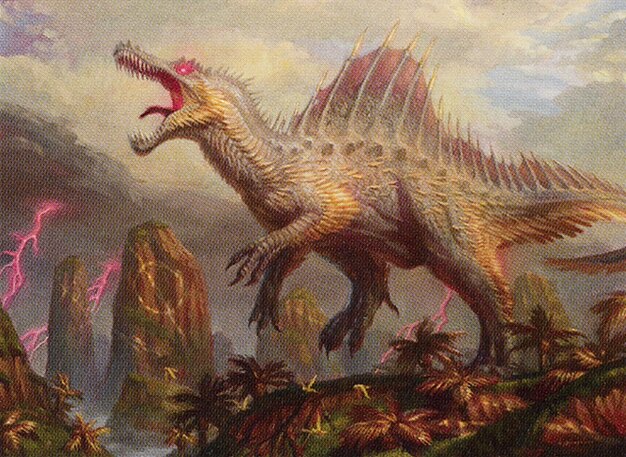
Etali, Primal Conqueror
Etali’s deck is aggressive and creature-heavy, focusing on efficient threats that generate card advantage through combat damage and enter-the-battlefield triggers. It uses fast mana and disruption to pressure opponents early.
Gameplay Insights
- 1
Players carefully managed treasure tokens to avoid triggering Dark Side’s punishing effects, creating tense decision points around using mana acceleration.
- 2
The use of Wishclaw Talisman on the stack and Force of Will as a counterspell highlighted the importance of timing and interaction in protecting combo pieces and disrupting opponents.
- 3
Breya’s removal of Dockside Extortionist tokens was a key strategic move to limit opponents’ treasure generation and slow down their combos.
- 4
The attempted Wheel of Fortune board wipe was a pivotal moment that reshaped hands and graveyards, enabling new lines of play but also posing risks.
- 5
Etali’s aggressive use of Ragavan and Mayhem Devil maintained pressure on opponents, forcing them to respond while advancing their own game plan.
Notable Cards
-

Dockside Extortionist
-
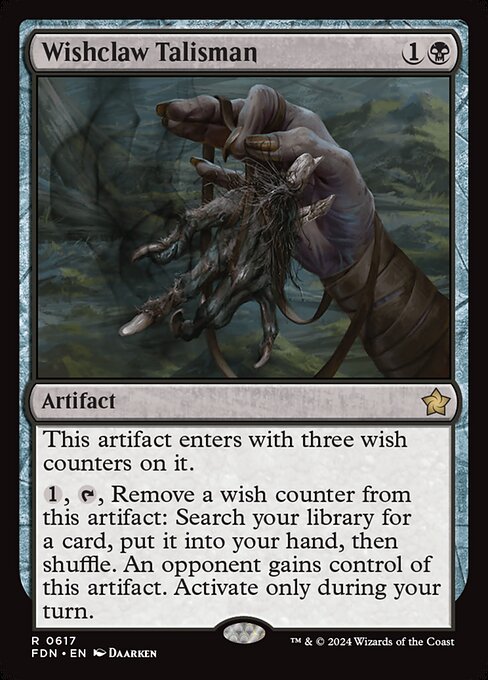
Wishclaw Talisman
-
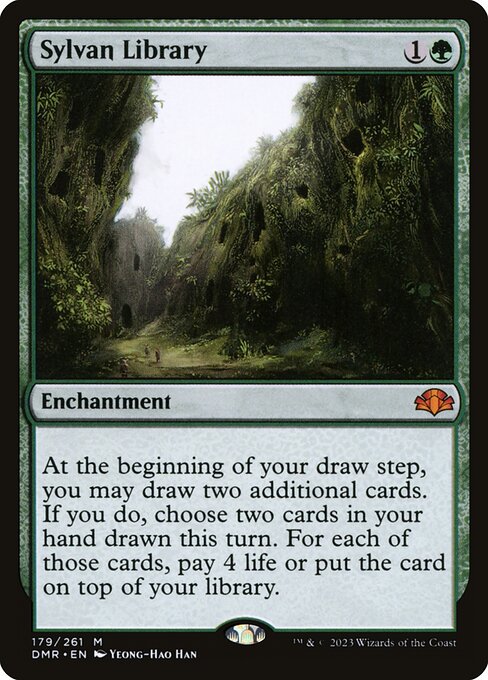
Sylvan Library
-
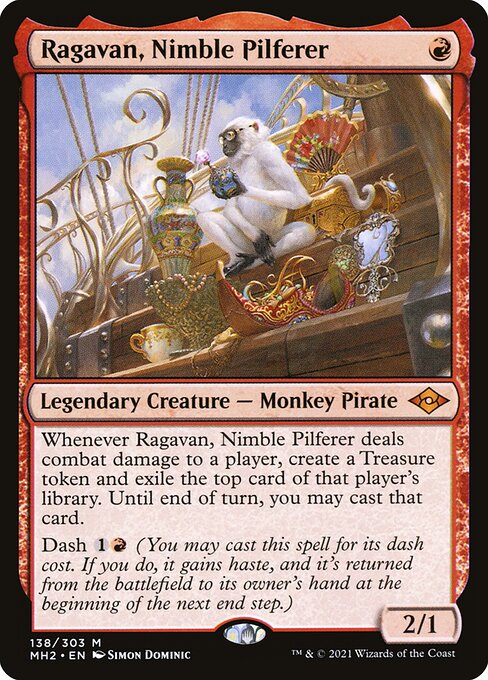
Ragavan, Nimble Pilferer
-

Mayhem Devil
-
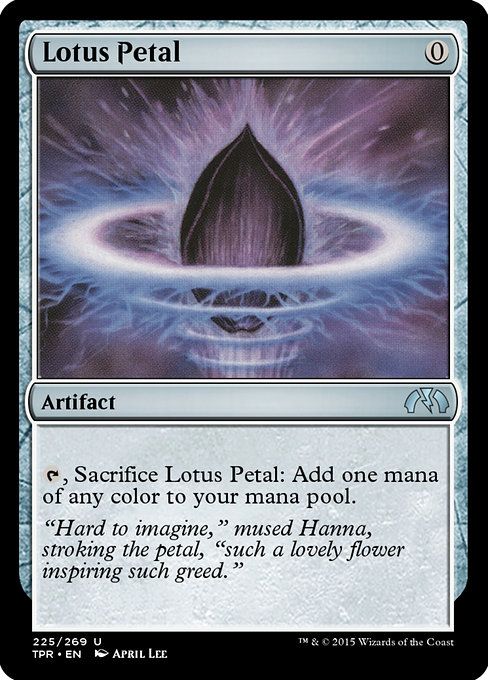
Lotus Petal
-
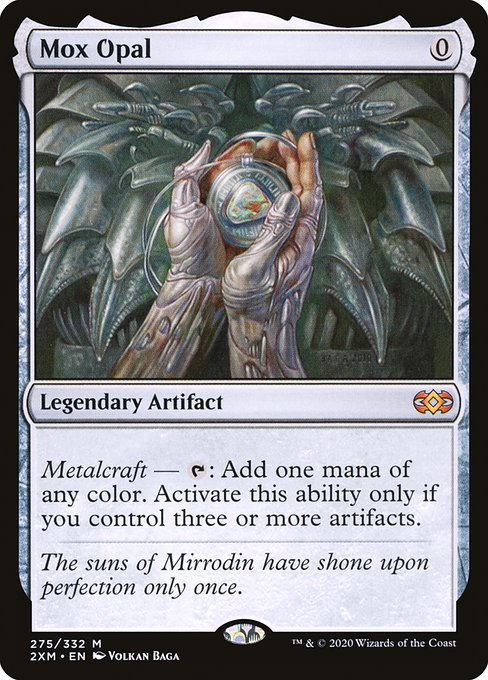
Mox Opal
-

Food Chain
-
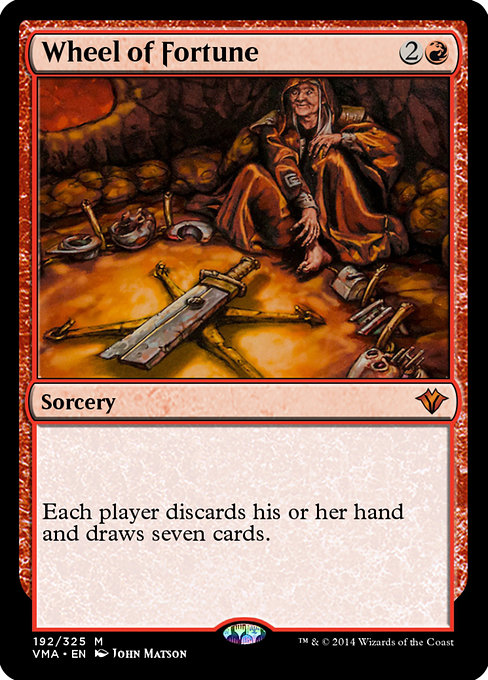
Wheel of Fortune
Gameplay Summary
The game started with players ramping aggressively into powerful mana sources and setting up their respective engines.
Key early plays involved casting artifacts like Lotus Petal, Mox Opal, and various Talismans, alongside crucial spells such as Dark Ritual and Sylvan Library to accelerate card draw and mana production.
Breya leveraged artifact synergies to produce tokens and activate combo pieces, while Slimefoot and Squee developed a saproling strategy, capitalizing on sacrifice triggers to chip away at opponents.
Tymna and Kraum focused on card draw and incremental advantage through combat damage. Midgame saw pivotal interactions around Dark Depths and Dockside Extortionist, which shaped the board state heavily.
Players hesitated to crack treasures due to the looming threat of Dark Side, a powerful enchantment that punishes treasure sacrifice.
Breya strategically targeted opponents' creatures and enchantments, including removing Dockside tokens to limit treasure generation.
A critical board wipe attempt with Wheel of Fortune was met with countermagic and tactical sacrifice plays.
Etali’s deck utilized aggressive creatures like Ragavan and Mayhem Devil to maintain pressure and card advantage.
The game featured complex stack interactions, with Wishclaw Talisman and Force of Will counterplays influencing the pacing. Overall, the game was a tense balance of resource management, board control, and combo threat navigation.
Players aimed to establish their win conditions by leveraging artifact synergies, token generation, and incremental damage.
The interplay between Dark Side and treasure management was a recurring theme, requiring careful timing and risk assessment.
The game remains open-ended in the transcript, with multiple decks poised to capitalize on their engines and secure victory.


